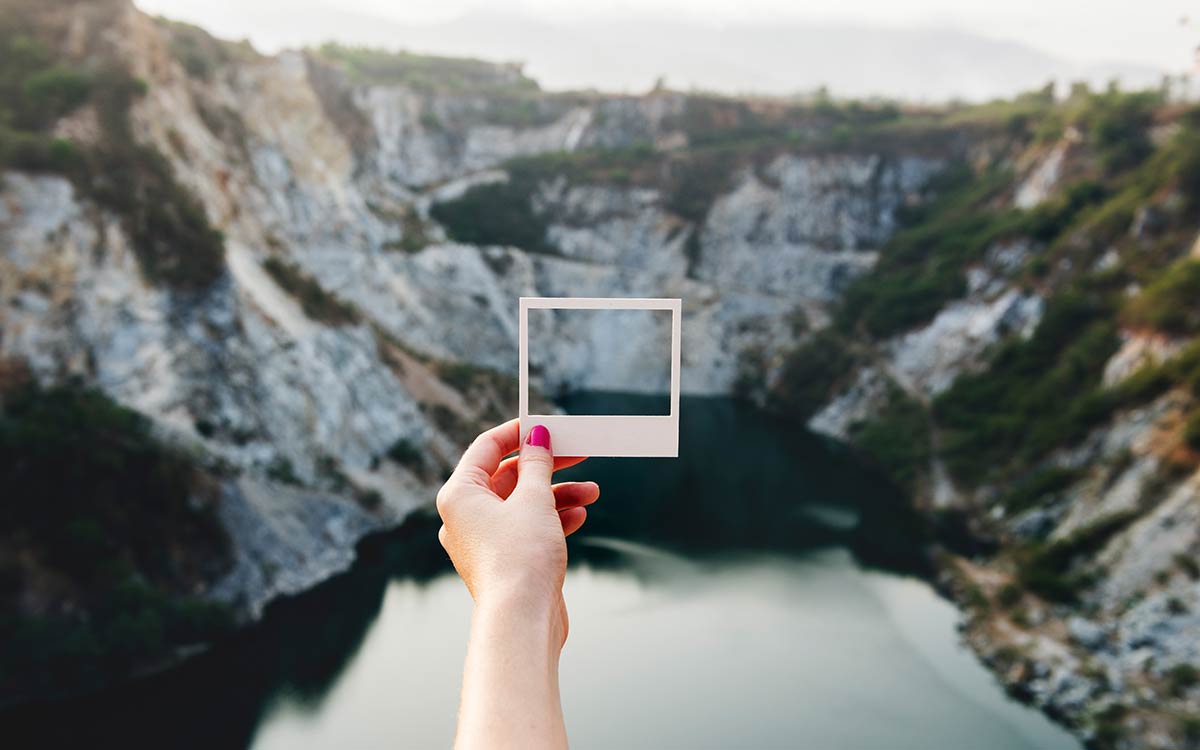Good composition is one of the elements of a great photograph. It draws the audience in and let them linger in admiration. It makes an image stand out and convey its message better. There are no hard set rules on composition, just guidelines. Familiarize yourself with these tips and you are on your way to capturing compelling photographs.

• Keep it simple
Choose your subject and make it the center of attention. Avoid or eliminate any unwanted elements in the scene. Learn to edit as you compose and don’t over-complicate.

• Fill the frame
Don’t be afraid to zoom in and fill the frame. Showcase interesting details that can be hard to spot from afar. Shooting large-scale scenes, in particular, leaving too much space makes the subject smaller than it needs to be. It’s also a good way to capture more of your subject and less of the clutter in the surroundings.


• Cropping and Aspect ratio
Get different results from the same scene just by turning your camera vertically or horizontally. This change in orientation – whether in capturing the photo or cropping – also alters the message and impact of the image. Having said that, feel free to explore other aspect ratios available such as 16:9, widescreen, and square.

• Go off-center
We tend to place our subject right in the center of the frame. Sometimes it’s exactly what the scene calls for. But for other scenes, it’s best to go off-center. If you’re unsure where to place your subject, use the Rule of Thirds. Split the image into thirds, both horizontally and vertically, then place your subject along the lines or on the intersections. You don’t have to follow this strictly. Use this as a guide to position your subject away from the middle, just enough to still achieve visual balance.

• Leading lines
Use lines to direct your audience’s eyes in the picture. Converging lines give a strong sense of perspective while curved lines lead you around the frame towards the main subject. Lines are powerful tools and they’re all around. Find them and use them wisely.

• Diagonal Lines
In addition to leading lines, there are also diagonal lines. Different types convey their own meanings. Horizontal lines are static and calm. Vertical lines are stable and prominent. Diagonal lines suggest movement and a feeling of drama. To achieve this you can shift position or focal length. Use wide angles to increase perspective. You can also try the Dutch Tilt technique wherein you tilt your camera at an angle and take the shot.


• Choose a Viewpoint
Examine the scene then think about where you’ll shoot from. Your viewpoint greatly affects the message and overall impact of the photo. Consider taking a picture from high above, at ground level, from the side, up close, or far away. It’s a form of narration that allows the viewers to get the gist of the story.

• Add Depth
Photos may be two-dimensional but it’s not an excuse to produce a flat image. Capture our three-dimensional world in all its essence by creating depth. Include objects in the foreground, middle ground, and background. Overlap objects with another. Use focal length and aperture to enhance depth of field.

• Space
Leave enough space in the image to help impart a sense of movement and destination. In conjunction to keeping it simple, everything still has to evoke visual balance. Too much space is like a void that needs to be filled.

• Framing
There are all kinds of natural frames you can use to your advantage. Look for windows, doors, trees, archways, and columns. Place these around the edge to help isolate the main subject in the same way a picture frame would.
• Patterns and Symmetry
They make for very eye-catching compositions, particularly in situations where they are not expected. Another great way to use them is to introduce tensions to break the symmetry or pattern in some way. It’s a great way to create a focal point amidst order.

• Backgrounds
Pay attention to the background. Changing position is enough to declutter a background or find one that complements the subject nicely. You can use a wide lens aperture or longer focal length to throw the background out of focus if it’s too distracting. The subject must stand out and a good choice of background will help you do this easily.

• Colors
Color is another important part of the image. Bright primary colors attract the eye, especially when contrasted with a complementary hue. Using a single hue can be very effective. A limited palette of harmonious shades also makes great pictures. Whatever color palette you choose, be selective of what goes into the frame. It can be tricky at times. Brush up on color theory and experiment with it in post processing.
Maximize these tips at your disposal. Establish an understanding of them one at a time. Before long, you’ll be able to combine different guidelines and find a style of your own.





